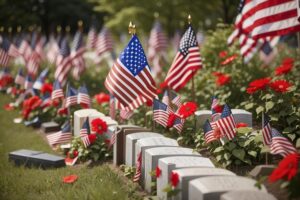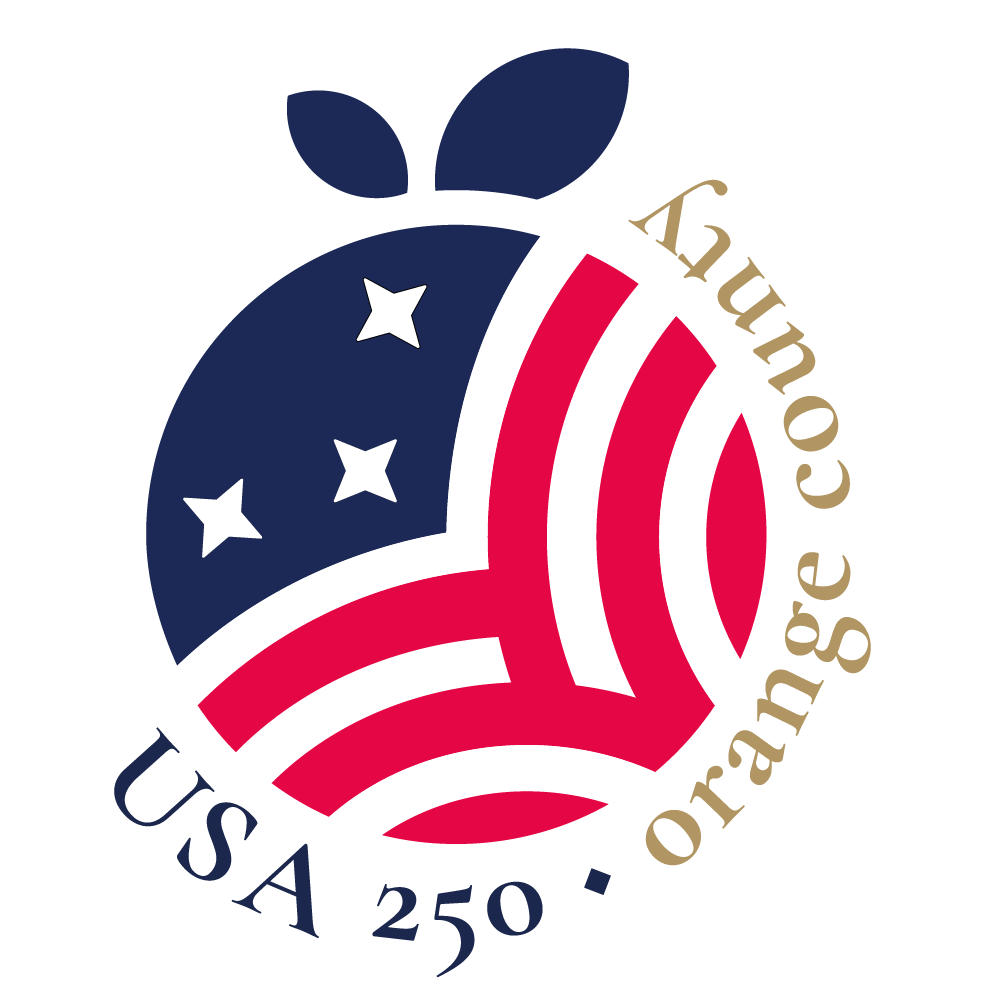
Would it surprise you to know the origin of one of our most sacred national holidays is uncertain, including its birthplace and founder? For more than one hundred fifty years, Americans have set aside a day to remember our country’s fallen, those men and women who have died while serving in the United States Armed Forces. Commemoration of their sacrifice is often observed by visiting cemeteries, participating in or attending a memorial service or parade, holding a family gathering or simply displaying “Old Glory.” The Commander in Chief of the Grand Army of the Republic (GAR) General John A. Logan is often cited as its founder.
The GAR was formed as a fraternal organization to support veterans of the Union Army who had served in the Civil War. With chapters across the nation the GAR promoted enhanced veterans’ pensions and benefits, but also grew into a highly effective lobbying organization, advocating for a variety of causes, including patriot education, voting rights for Black veterans, and an official day of remembrance for their fallen comrades.
On May 5, 1868, General Logan issued an order designating May 30 ”for the purpose of strewing with flowers or otherwise decorating the graves of comrades who died in defense of their country during the late rebellion, and whose bodies now lie in almost every city, village, and hamlet church-yard in the land.” Soon known as “Decoration Day,” the observance swept across the land..
However, the tradition of decorating the graves of soldiers had already begun in the south two years earlier when the Ladies Association of Columbus, Georgia, called for an annual holiday to decorate graves of soldiers throughout the south. Prompted by a letter to the local media by Mary Ann Williams, widow of a Confederate Army general, observances began to take place across the south. Even Gen. Logan took note, referring to the call for such a day in a speech on July 4, 1866. His reference, however, was in the context of his support for the proposed 14th Amendment, noting that the “garlands upon the graves of rebel soldiers” were for “traitors,” not patriots.
In 1866, the nation was in the throes of the aftermath of the Civil War. Emotions were running high on both sides. Yet, in the midst of it all, four women gathered at the Friendship Cemetery in Columbus, Mississippi, to decorate the graves of Confederate soldiers were moved to decorate those of Union soldiers as well.
Even earlier events have been cited as the first Memorial Day. Boalsburg, Pennsylvania, prides itself as being the “birthplace of Memorial Day,” harkening back to October 1864 and a chance meeting between two young girls and an older woman who had come to decorate the graves of their loved ones. They agreed to meet again the next year for the same purpose. Sharing their plan with others, the community reacted. The following year, on July 4, there was not a grave that was left undecorated.
Earlier that year, on April 14, in Charleston, South Carolina, a regiment of Black Union soldiers accepted surrender of the city from its mayor. But another ceremony was also held that night. During the last months of the war, more than 250 Union soldiers who had died of disease and exposure were buried in a mass grave. Now free, the Black people of Charleston re-interred all of them in proper graves, many without names, and built a fence around the cemetery. On May 1, they held a parade of 10,000 people, led by 3,000 black children carrying flowers for the graves. Following the procession, several Black preachers read Scripture and children sang the national anthem.
Some people attribute President Abraham Lincoln’s address and the ceremony at Gettysburg on November 19, 1863, as the origin of Memorial Day. Waterloo, New York, also makes such a claim which was backed up by a Congressional resolution and proclamation by President Lyndon Johnson in 1966. The move was prompted by Waterloo’s Congressman, but has been disputed by credible scholars. There are nearly two dozen other pretenders to the origin of this memorable day.
It was not until 1967 that Memorial Day officially became a national holiday. But whatever its American origins – after all, the ancient Greeks adorned the graves of their fallen with flowers! – its purpose is a sacred one. It is the one day set aside each year to remember and honor those who have given their last full measure, so that you and I, and those to come after us, can enjoy the life, liberty and pursuit of happiness declared in our national birth certificate, the Declaration of Independence, whose origin and author are certain and will be celebrated again on July 4.
